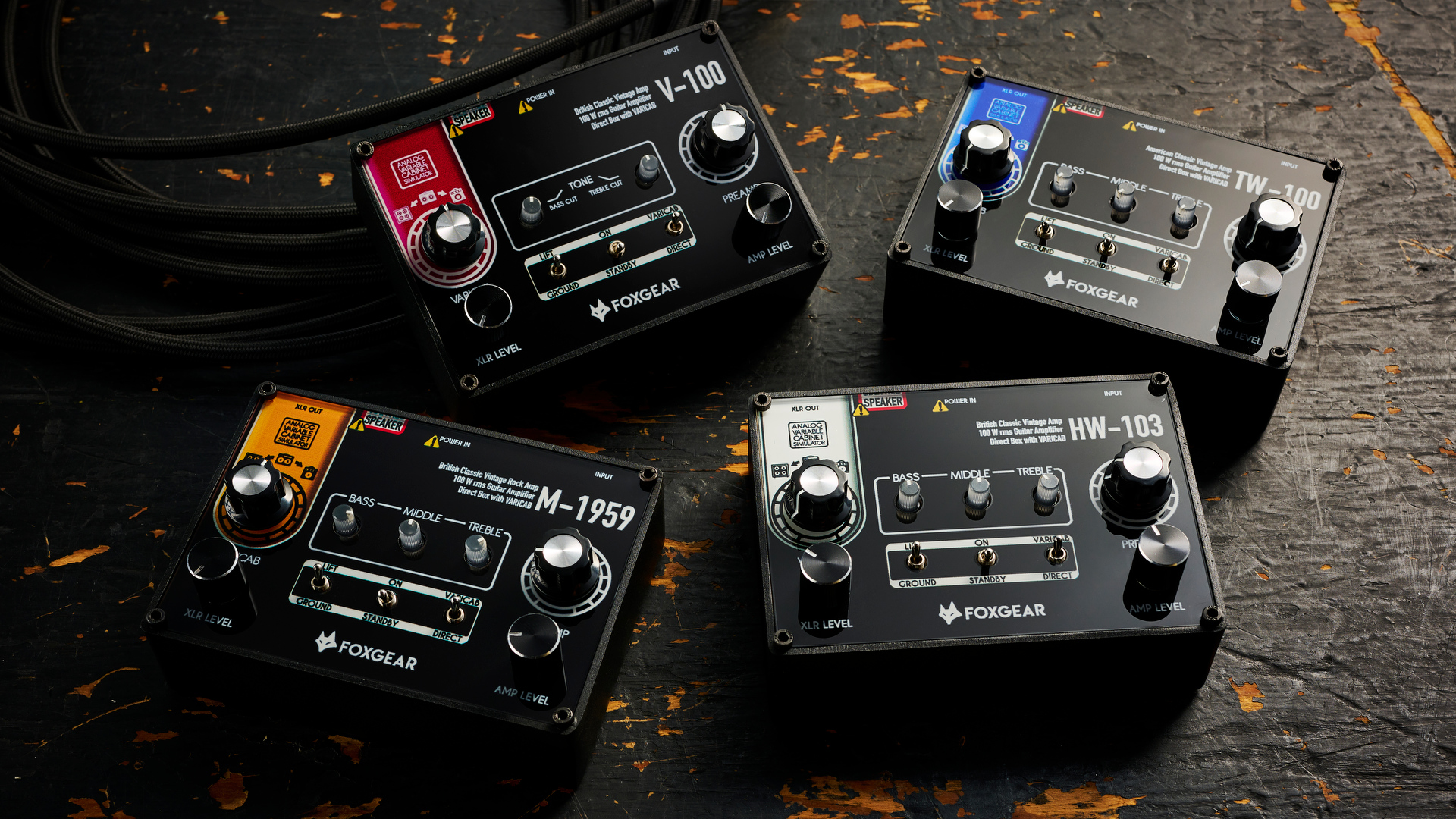
Foxgear 100W Series review: What is it?
The Fox Gear 100W series is a new series of four amps based on the four most iconic amp voices. They’re aimed at the space-conscious guitarist more than the budget-conscious, coming in at a lower mid-range price point.
Each has an integrated 100W power amp, making them a DI recording tool in front of an audio interface as well as able to drive PA speakers at smaller gigs. As a result, either one can be used as a complete recording solution into the line input of a desk.
The reality, however, is that in 2024 there will be a computer and a DAW involved, and any recording rig is likely to have amp or cab modelling software already installed. Consequently, these Fox Gear boxes are most likely to be used as a preamp.
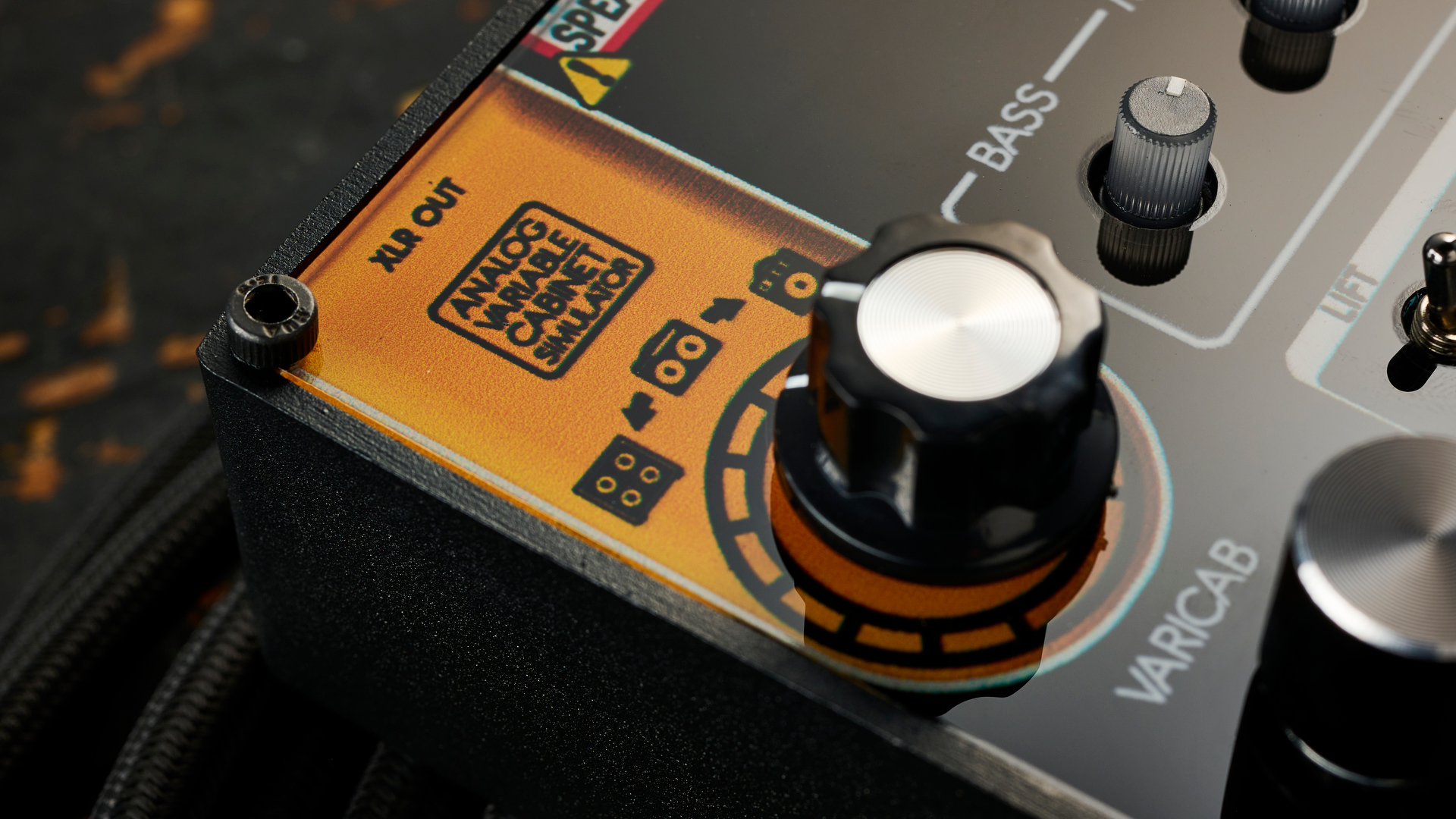
Foxgear 100W Series review: Performance and verdict
In terms of sounds, there’s a bit of a spread between the units. It might not be unreasonable to expect these to go toe-to-toe with the real valve amps, but that’s their marketing claim.
The Hiwatt unit, the HW-103, does a decent job of modeling a clean Hiwatt but doesn’t feel like it has the response or headroom of the real deal. There’s a bit of fizz when it’s getting smashed, but that is often the case with the real amp. As you’d expect, it’s exaggerated with a fuzz in front, but more musical with drives and boosts.
The TW-100 takes pedals well, like its namesake, but it feels distinctly unlike a Fender Twin. It’s more like a smaller Fender combo, whichever of the two Varicab speaker emulations you use.
The V-100 Vox emulation meanwhile is the best of the series. It responds well to drives and boosts, breaks up musically and also sounds passably like the real thing.
Run into a DAW with a cab simulator, they all become more convincing, and stacking additional pedals into a studio amp chain is simple. Notably, as preamp-style pedals, though they have 100W of output power, there’s not power tube saturation to be had.
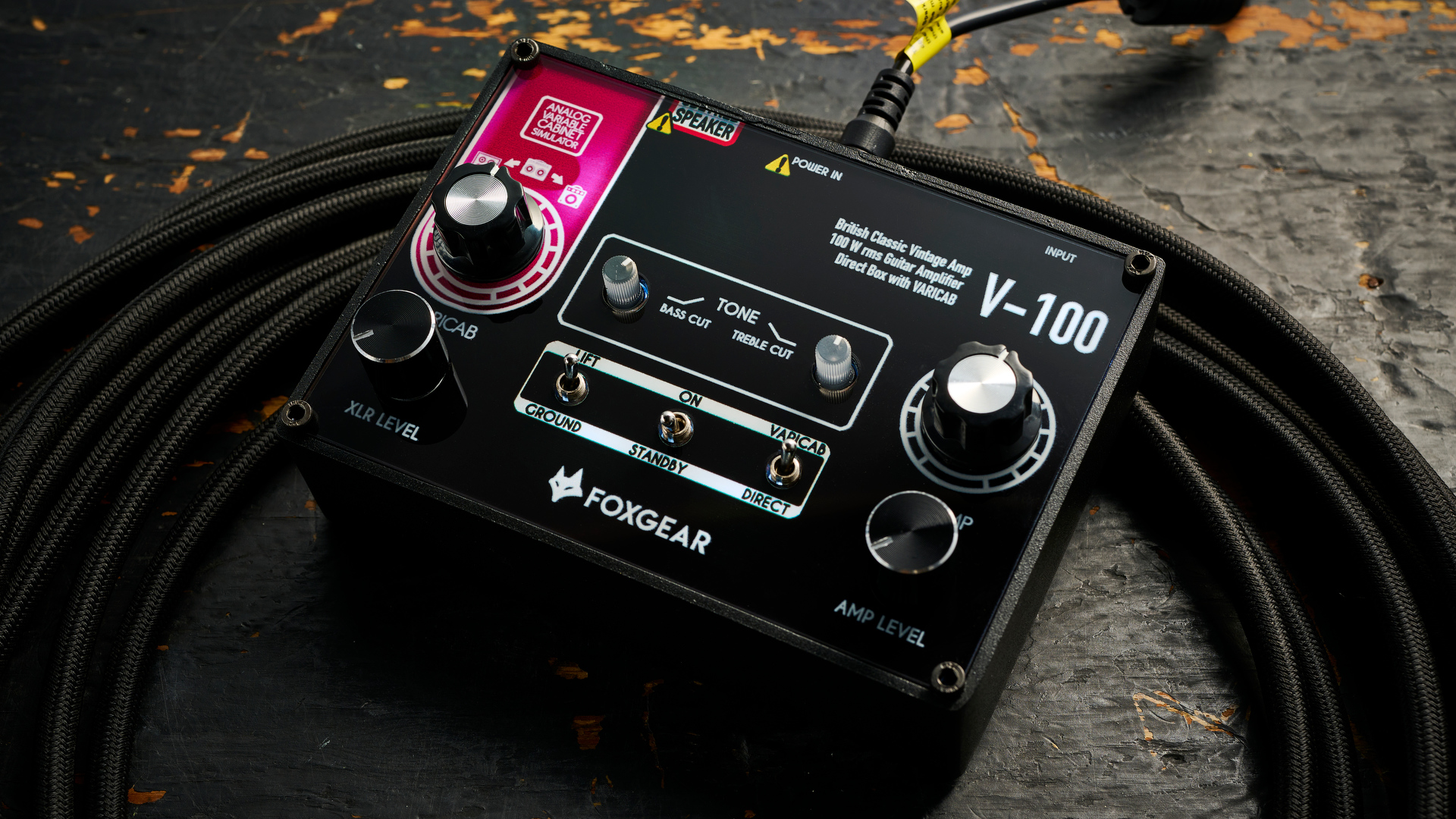
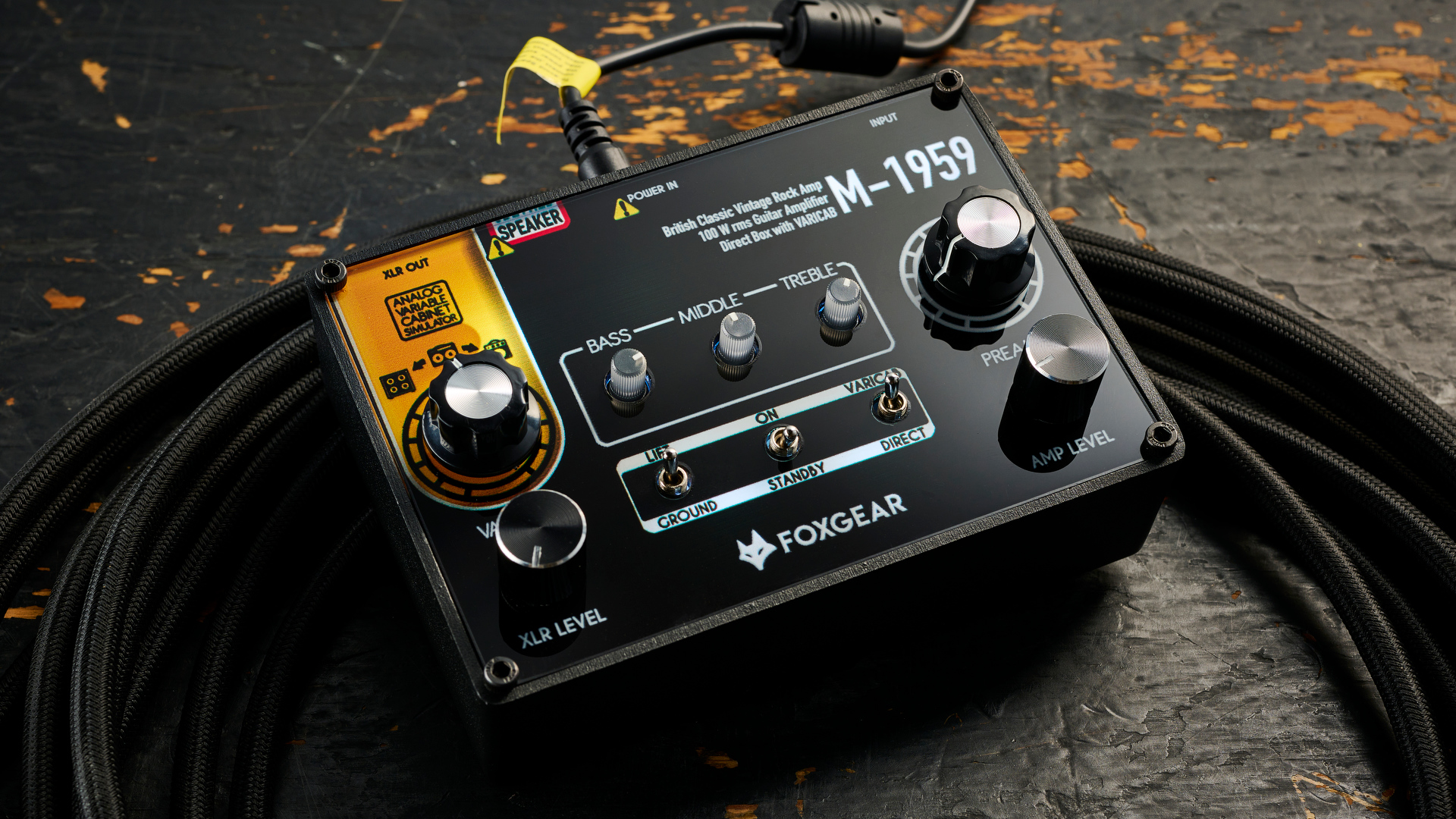
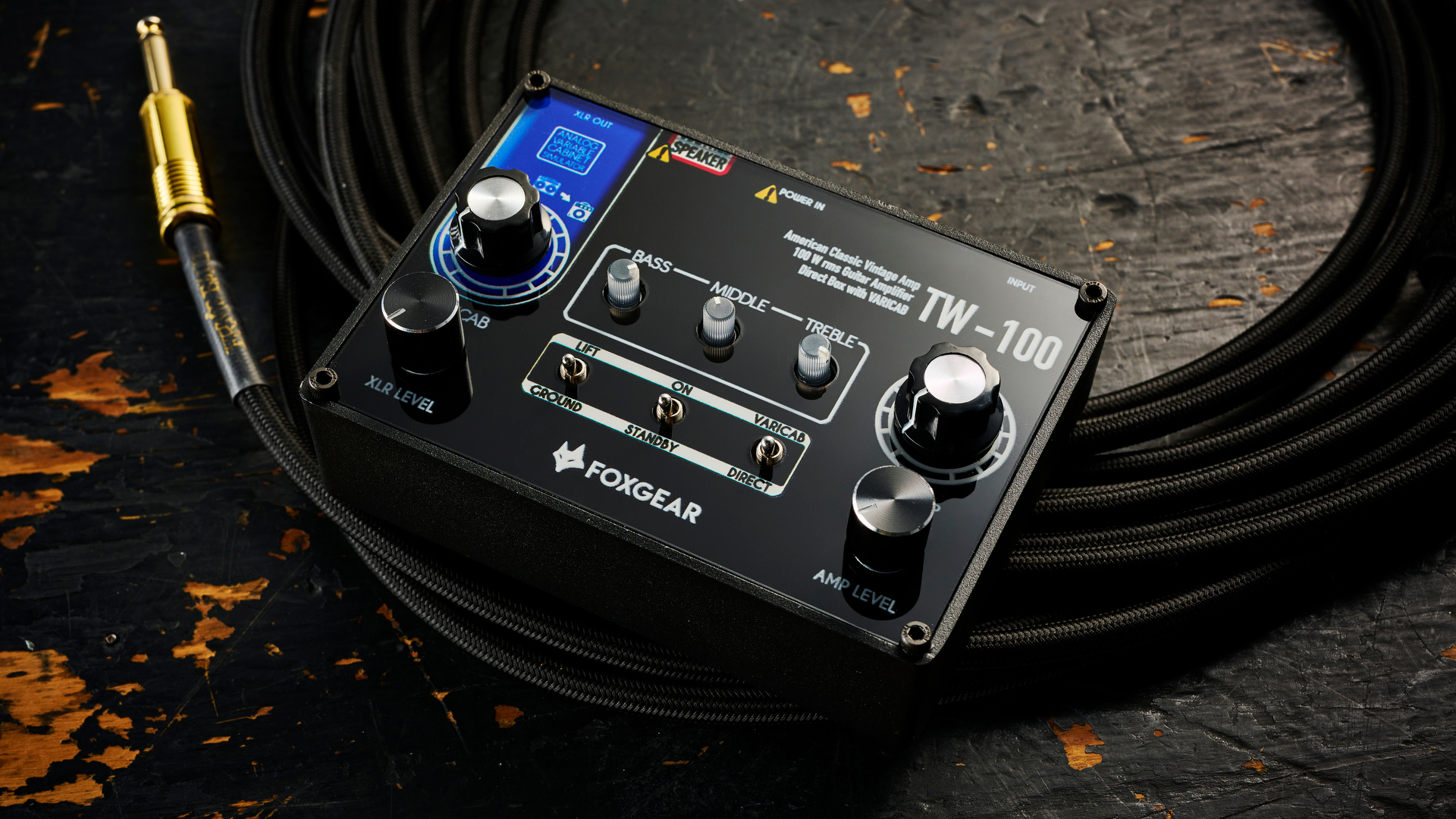
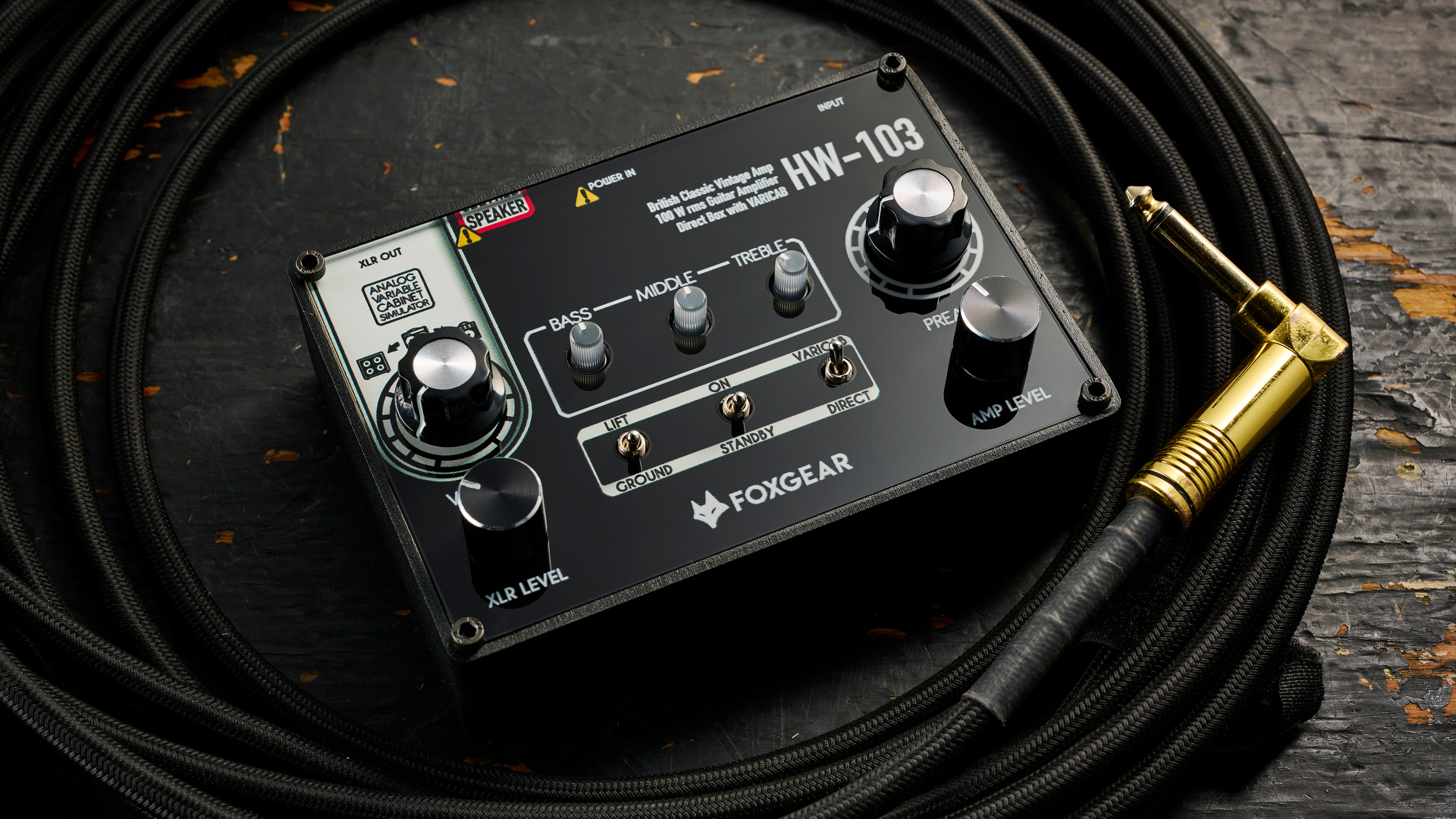
The only miss of the bunch is the M-1959 Marshall emulation. It sounds a lot thinner than you’d expect from a British voicing - even a bright one - and doesn’t take pedals especially well. Additionally, there seems to be a shielding issue as radio noise is clearly audible as soon as the preamp gain is raised.
The Varicab analogue cab modeling is an interesting feature. It feels like Foxgear see it as the USP of the unit, but in reality, it’s quite situational. There are different EQ curves to model a small combo cab and 4x12, but the end result isn’t a knock-out. It performs better when run directly into a line in without any preamps in the chain.
However, in most studio settings a more realistic setup is that there will be preamp or compression stages in between the pedals and amp, and the audio interface. In the latter case, you’re better off disabling the Varicab function.
Although Varicab is decent, it’s still substantially worse than a dedicated IR or software cab modeling. The result is that you’re likely to disable it and run it into a mic pre, staging your gain into a cab model in the box.
Another drawback is the front panel. An exclamation point by the speaker input suggests that one needs to be connected - it doesn’t, and some checking of the specs is required to be certain about that. Secondly, the design is a bit clunky and dated.
These are in a mid-range price bracket, and within spitting distance price-wise of market-leading options like the Two Notes Opus. With that in mind, there isn’t room to put a single foot wrong.
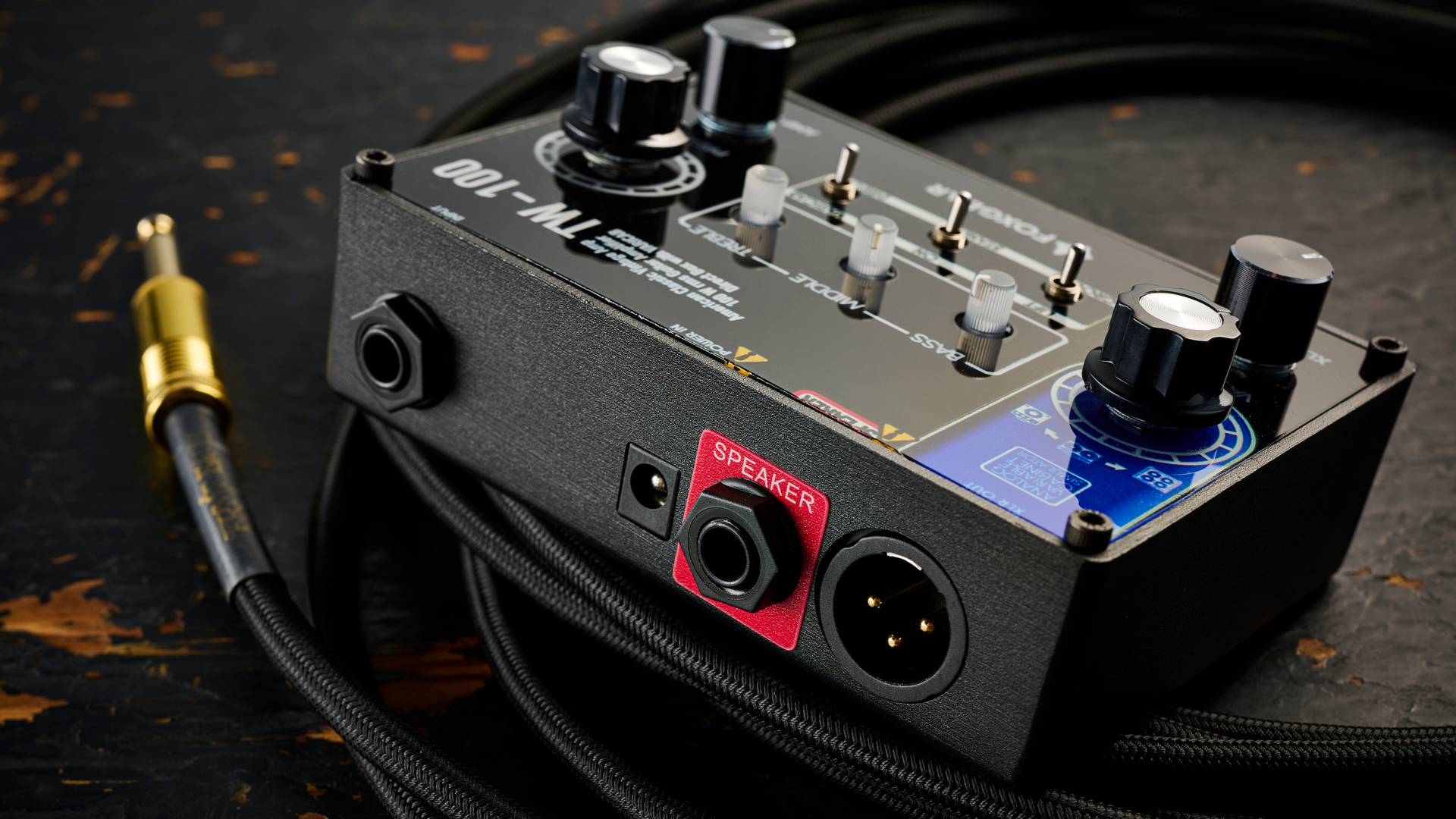
Final verdict
In conclusion, while these units pull their weight, they’re hard to recommend without qualification. For a fly rig, session or function situation, these could be killer. However, the market is crowded for amp sims, even at this price bracket.
The end result is that you simply don’t need to recommend anything that isn’t a 'five out of five'. Where the Foxgear units shine is being fully integrated, including the power stage, but there are so many options out there, and frankly, many digital modelers sound better.
Foxgear 100W Series review: Hands-on demos
Foxgear
Mad Steex
Foxgear 100W Series review: Specifications
- Sockets: Input, Speaker out, Power in, XLR line out
- Power supply: 30VDC – 4A positive tip (included)
- Speaker out: 4/8/16 Ohm
- Power out: 100W RMS
- Contact: Sound Service







